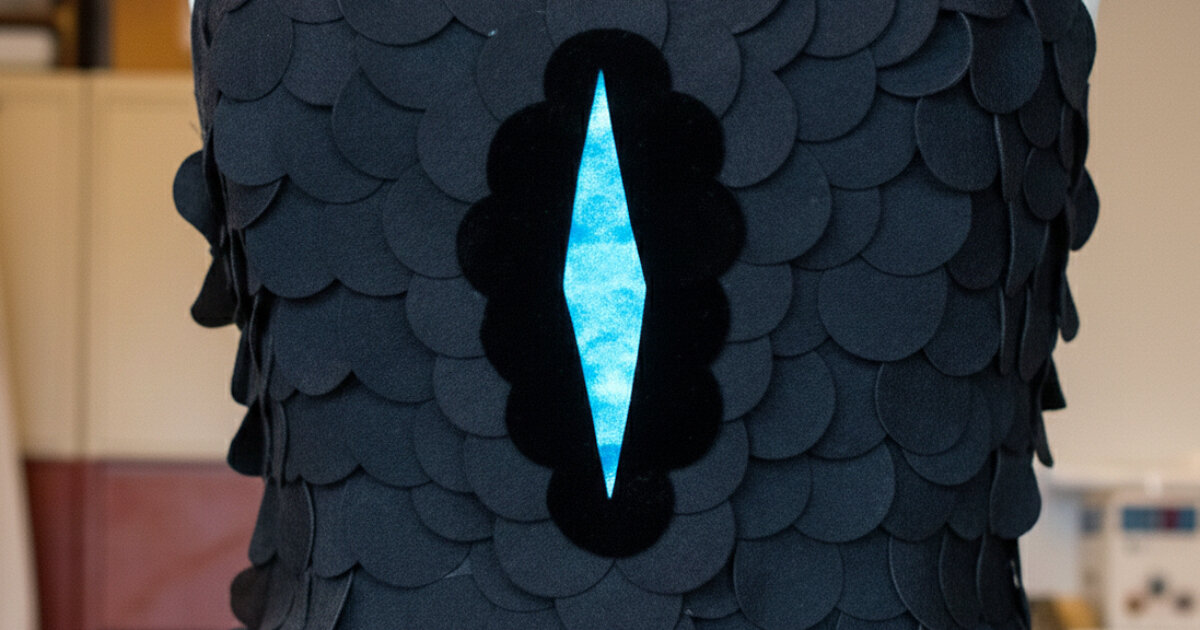- Israel-Turkey rift dampens Gaza force plans as allies get cold feet Middle East Eye
- Second thoughts Dawn
- International force at heart of Trump’s Gaza plan struggles to find takers The Washington Post
- Russia worried that US plan for Gaza may…
Author: admin
-
Israel-Turkey rift dampens Gaza force plans as allies get cold feet – Middle East Eye
-

The Ashes 2025-26: Ben Stokes says media scrutiny will not stop England enjoying Australia tour
In the aftermath of a crushing defeat in Perth, the first two-day Ashes Test for 104 years, England came under fire for their approach on the field, activities off it and decision not to send any of their first-Test XI to play in an England Lions…
Continue Reading
-

Iran sentences acclaimed director Jafar Panahi to prison as he wins awards in New York
CAIRO (AP) — Iran has sentenced acclaimed director Jafar Panahi to a year in prison in absentia, even as he received new awards for his latest movie.
The Tehran court also imposed a two-year ban on…
Continue Reading
-

A hidden Antarctic shift unleashed the carbon that warmed the world
Around 12,000 years ago, the last Ice Age drew to a close. Global temperatures rose, the early Holocene began, and human communities gradually shifted toward more permanent settlements. A new study published in Nature Geoscience highlights how…
Continue Reading
-

Real Madrid squad to face Athletic Club
This is the Real Madrid squad for the match against Athletic Club, on LaLiga matchday 19, which will be played at San Mamés (Wednesday, 7 pm CET; Orange TV and Dazn).
REAL MADRID SQUAD:
Goalkeepers: Courtois, Lunin and Fran González.
Defenders:…Continue Reading
-
Son of IHC judge sent on physical remand over fatal car accident that claimed two lives – Dawn
- Son of IHC judge sent on physical remand over fatal car accident that claimed two lives Dawn
- Reckless teen driver runs over two women in Islamabad while Snapchatting The Express Tribune
- Islamabad: minor’s speeding car kills two women on…
Continue Reading
-

Chernobyl fungus feeding on nuclear radiation offers unique opportunity for humans
Chernobyl fungus feeding on nuclear radiation offers unique opportunity for humans At the deadly site of the Chernobyl nuclear disaster, where nothing could survive due to extreme radiation, scientists have…
Continue Reading
-

Sean ‘Diddy’ Combs sends cease-and-desist to Netflix over ‘shameful’ docuseries
Sean “Diddy” Combs, currently serving a nearly four-year sentence for prostitution-related charges, has sent a cease-and-desist letter to Netflix, through his lawyers, asking the streaming platform not to release the new docuseries on his…
Continue Reading
-

‘We did a worse job than the others’ – Fred Vasseur blames Ferrari set-up for ‘tough situation’ in Qatar
Ferrari Team Principal Fred Vasseur has conceded that they “did a worse job” than their rivals in the Qatar Grand Prix, which contributed to one of their lowest points hauls of the season.
The Scuderia ended the weekend with four points after…
Continue Reading
-

bird’s ultrablack feathers inspires the darkest fabric ever made
darkest fabric inspired by riflebird’s ultrablack feathers
Researchers at Cornell University have developed a method that allows them to create the darkest fabric ever made, inspired by the ultrablack feathers of the magnificent riflebird. In…
Continue Reading